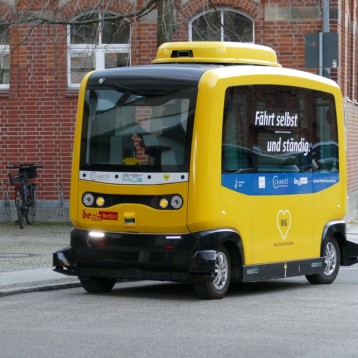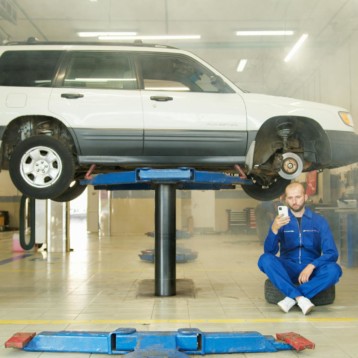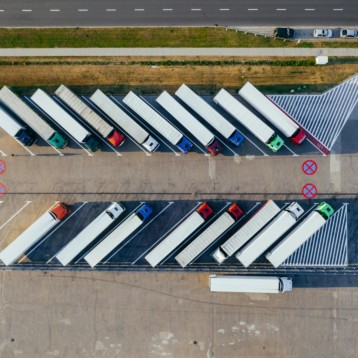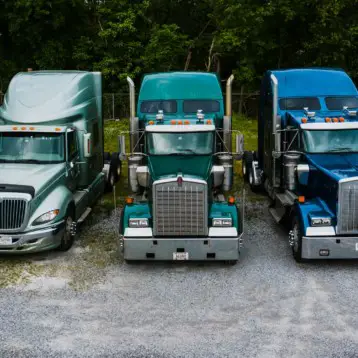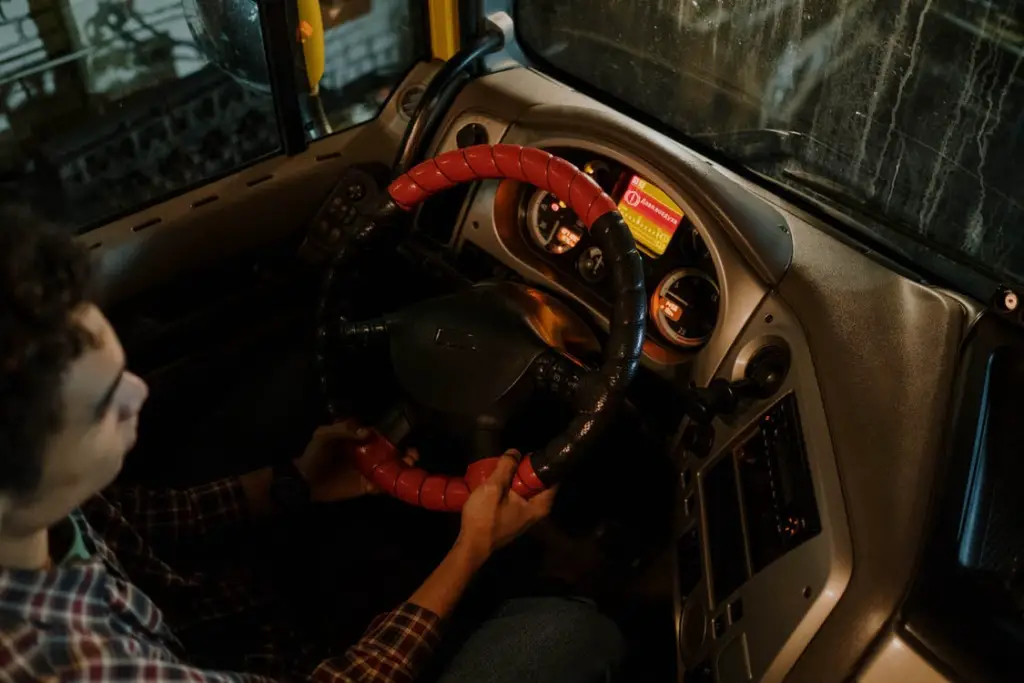
The advancements in AI technology for the automotive industry have been fascinating to follow. While the immediate benefits are reduced road accidents and annual fatalities, there’s also economic benefits such as fuel and oil consumption, insurance claims, and insurance premiums.
In this article we’re going to highlight 3 incredible ways artificial intelligence is being used in automotive industries, creating safer roads and longer-lasting vehicles.
Optimized routes and delivery vehicles
The global courier industry is valued at over $18bn USD, with major players like FedEx, UPS, DHL, and others all competing for e-commerce contracts. Smaller, local parcel couriers have also entered the market, and so when it comes to delivery options, it’s a consumer’s market.
Delivery speed and item tracking, via customer-facing and management-facing portals, are some of the topmost priorities for trucking and delivery companies. GPS and optimized routing software are playing a big role in shaping this industry. You can read a detailed guide on GPS from Samara, so let’s talk about optimized routing software.
Standard GPS software for individual drivers, like Google Maps or Waze, are developed in mind for someone going from point A to point B. They’ll tell you the fastest route and weather conditions, and Google Maps can also give you the shortest routes between multiple stops. However, it can’t automatically optimize the order of those stops, such as whether it’s faster to go from point A to point H to point C.
These are complex scenarios that must be considered in route planning for shipping and delivery fleets, so on-board GPS and optimized routing systems are an immense benefit to both drivers and management.
Self-driving vehicles
Of course the most obvious interest in AI for vehicles is autonomous cars. We are decades away from this becoming a common reality, according to experts, but not entirely for technological reasons. Theoretically, the technology exists to develop self-driving vehicles, but numerous external factors present hurdles such as road conditions, traffic laws, and human drivers.
While AI can be given a set of rules to follow, and also predict probabilities, it can’t account for the pure chaos theory factor of human driving. An integrated approach is currently more desirable, making human drivers more hands-off in autonomous vehicles, but ultimately giving them control over the vehicle. When it comes to the future of autonomous vehicles, there are several key talking points and concerns, highlighted in studies .
- In coming years it may not be necessary for individuals to own a car, they can summon one from a circulating fleet.
- Relatively few members of the traveling public have yet experienced trips in an autonomous vehicle.
- Truck and taxi drivers may well have to find new forms of employment.
So currently we are absolutely technologically capable of autonomous vehicle production, but we’re in the stages of ethical concerns and introducing massive disruptions to society too soon.
AI in automotive maintenance
Most modern vehicles already include microchips and sensors, which are used in diagnostic reports for vehicle maintenance. All vehicles manufactured since 1996 must be OBD compliant, so it’s the technology behind on-board diagnostics that is progressing, rather than the concept of OBD being a new thing.
With microchips able to record much more detailed information during vehicle operations, such as the average amount of pressure applied to the brakes, predictive AI analysis can suggest things to mechanics such as the estimated wear on brake pads.
Diagnostic fault codes are able to go beyond routine maintenance such as oil and air filters, but deeper issues down to every engine function, steering wheel lockup, and air flow systems in fleet trucks. The trucking industry especially needs this in the winter, when condensed air in airflow systems can freeze.
The old image of vehicle mechanics in oil-stained overalls is largely outdated by now. A new generation of mechanics are wielding iPads, and while they still need to get their hands dirty to perform repairs, the future of robotics will also change that. In the future, a mechanics job will be maintaining the robots that perform the vehicle maintenance!


